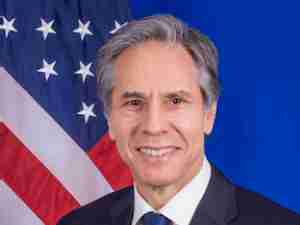Swiss Economy Grows Less Than Expected on Weak Exports
By: Catherine Bosley | Mar 02 2017 at 02:12 AM | International Trade
Swiss economic momentum fell short of expectations in the final three months of 2016 as investment declined and exports recorded their weakest quarterly result in nearly two years.
Gross domestic product expanded 0.1 percent in the fourth quarter, matching the pace of the third, Switzerland’s State Secretariat for International Economic Affairs said on Thursday. Economists surveyed by Bloomberg had expected a growth rate of 0.4 percent.
Switzerland’s export-oriented economy has faced headwinds due to the strength of the franc, which central bank policy makers have repeatedly called “significantly overvalued.” Better growth in the neighboring euro area may help Switzerland, where the manufacturing, retail and tourism sectors have all been negatively affected by the currency.
“In the fourth quarter the Swiss economy clearly disappointed, but if you look ahead it looks better for exports, both given the manufacturing data for Switzerland but also the international environment,” said Alessandro Bee, and economist at UBS Group AG. “What may have hurt exports is that the franc appreciated last fall.”
Consumption of private households grew 0.9 percent in the fourth quarter, thanks to spending on health care as well as housing and energy, while government demand rose moderately, the SECO said in a statement. Yet investment in equipment fell 0.7 percent and exports of goods declined 2.5 percent, their weakest performance since the first quarter of 2015.
Swiss growth halved in 2015 after the franc shot up against the euro following the Swiss National Bank’s decision to scrap its currency cap. The economy expanded 1.3 percent in 2016, the SECO said, just short of its most recent forecast for a rise of 1.5 percent.
Euro-Area Boost
The euro area may be in better shape than it’s been for years with economic confidence and long-anemic inflation improving and unemployment—though still high—beginning to decline. That’s good news for Switzerland, since the 19-country bloc is its top destination for exports.
Barometers of Switzerland’s economic prospects are upbeat, with a manufacturing strengthening and the KOF indicator signaling above average growth rates.
Still, political and economic risks have led companies to put off local investments, and a survey conducted late last year found a larger proportion of firms were weighing cutting jobs in Switzerland and fewer expect to step up investments.
“There’s a sense of more optimism, so we think the first quarter is going to be a solid start into the new year,” said Alexander Koch, an economist at Raiffeisen Schweiz. “But we don’t expect to see a further pickup in industry.”
Strong Franc
The SECO expects momentum to pick up to 1.8 percent this year, with a zero rate of inflation. It will provide a new set of forecasts on March 21, just five days after the SNB publishes its own predictions at its quarterly policy assessment.
The SNB seeks to curb the franc’s strength via a deposit rate of minus 0.75 percent plus a pledge to intervene in markets. Figures for sight deposits suggest it has been active in markets of late, and economists expect it to stick with this stance.
The franc appreciated 1.8 percent versus the euro in the fourth quarter. With investors on edge about an array of risks such as the Trump administration’s policies, Brexit and elections in France, the haven currency has risen roughly 0.7 percent this year, potentially putting a damper on the expansion.








